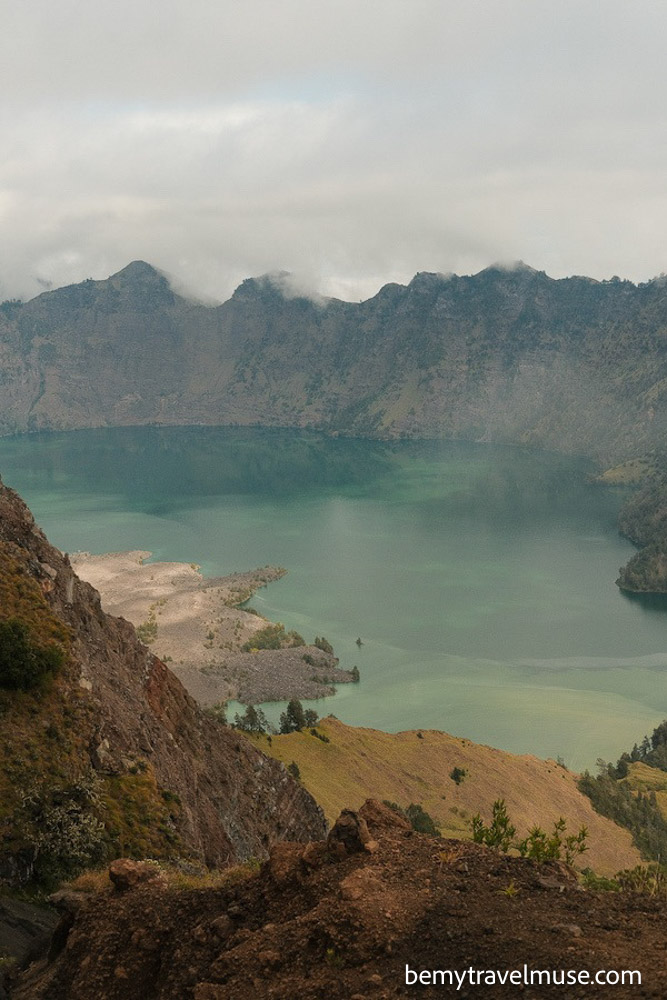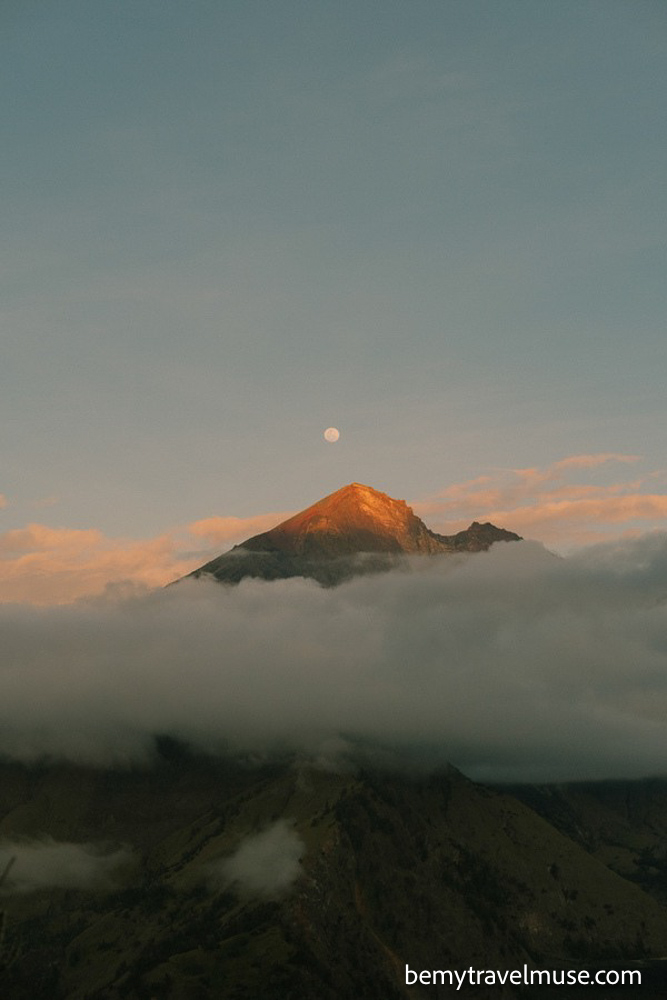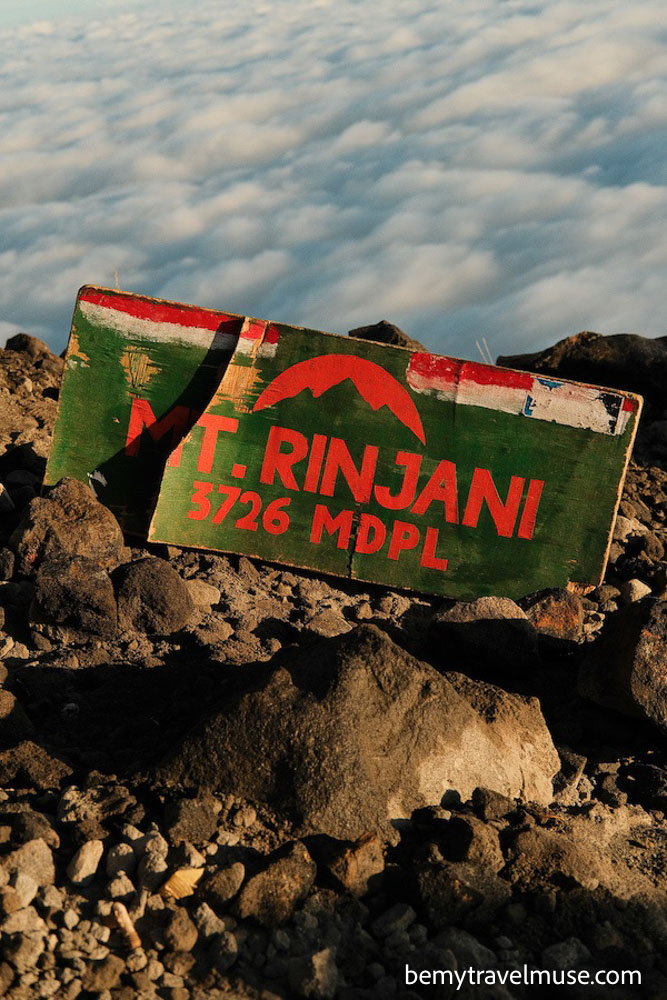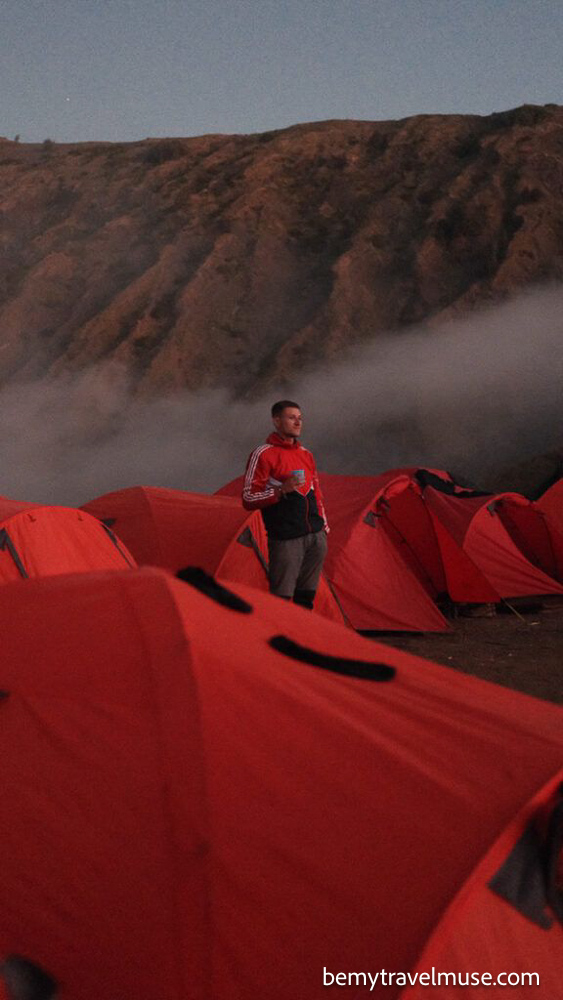In July 2023, adventurer Luca Saunders embarked on an exhilarating journey to climb Indonesia’s second tallest volcano, Mt. Rinjani, located on the island of Lombok. Known for its untouched beauty and standing at 3,726 meters (12,224 feet) above sea level, Mt. Rinjani has been a magnet for travelers and locals alike for decades. Luca’s experience offers invaluable insights for anyone looking to conquer this majestic mountain.
Exploring Lombok and Mt. Rinjani
For intrepid explorers like Luca, Indonesia’s island of Lombok is a paradise. Away from the tourist-heavy spots like Kuta and Jakarta, Lombok offers a glimpse into a more traditional and unspoiled side of Indonesia—almost like stepping back into 1995. The island’s charm lies not just in its pristine beaches and serene landscapes but also in the towering presence of Mt. Rinjani.
Mt. Rinjani Facts




- Height: 3,726 meters (12,224 feet)
- Distance: Varies from 22 km (13.7 miles) to 40.2 km (25 miles), depending on the tour
- Time Required: 2 to 4 days
- Starting Point: Sembalun
- Weather Conditions: Unpredictable; be prepared for rain and sudden changes
- Hiking Season: April to December (closed January to March)
- Difficulty Level: Difficult; very challenging for less experienced hikers
- Permits: Arranged by tour companies
- Water Supply: Provided but limited
- Cultural Significance: Sacred to both Hindus and the local Sasak people
Luca’s Journey to Mt. Rinjani
Luca reached Lombok by taking a fast boat, a popular and cost-effective option among travelers. Fast boats depart from various locations like Padang Bai Harbor and Serangan in Bali, as well as the Gili Islands. Luca found the platform 12Go particularly helpful for booking these transfers. He noted the importance of reading reviews and aiming for boats rated above three stars to ensure a comfortable journey.
Deciding on the Hike Duration
Upon arrival, Luca faced the decision of how many days to dedicate to the hike. The options typically include:
- Two Days/One Night: A direct route from Sembalun to the crater rim, then to the summit, and back. This is popular among less experienced hikers but skips some scenic spots.
- Three Days/Two Nights: The option Luca chose. It follows the same initial path but includes a challenging second day involving a steep descent into the crater, crossing it, and ascending the other side.
- Four Days/Three Nights: A more leisurely pace, allowing hikers to camp by the crater lake and enjoy shorter hiking days.
Luca, with a reasonable amount of long-distance trekking experience but little exposure to significant elevation gains, opted for the three-day route to fully immerse himself in the adventure.
Booking the Hiking Tour
In true backpacker fashion, Luca arranged his tour locally by inquiring at his hostel. He managed to secure a spot three days in advance for only $100 USD. While this approach can be hit or miss, Luca recommends it for potentially lower prices. However, he advises against booking through anonymous tourism stands, as they may be linked to companies that harm the mountain environment without accountability. Luca suggests choosing reputable companies like Green Rinjani, known for their excellent service and commitment to ecological restoration.
Packing Essentials Based on Luca’s Experience


- Backpack: A 40-liter day pack sufficed for Luca
- Clothing: Hiking pants, two T-shirts, a fleece, hiking socks, a buff, hat, and sunglasses
- Warm Gear: Thermal layers, a puffer jacket, gloves (temperatures can drop to 0–4°C/32–39°F at the summit)
- Footwear: Sturdy hiking boots
- Additional Items: Camera or phone for memories, snacks (as tour provisions may be minimal), sandals for camp comfort, first aid supplies like paracetamol and anti-nausea tablets
- For Longer Tours: Swimwear and a microfiber towel for swimming spots
- Weather Protection: Plastic raincoat and backpack cover
- Miscellaneous: Cash for rentals and snacks, hand sanitizer, and baby wipes for hygiene
Luca noted that while porters carry camping gear, food, water, and cooking equipment, hikers are responsible for their personal belongings.
What Luca Experienced on Mt. Rinjani
Weather Conditions
Despite being told that raincoats weren’t necessary, Luca encountered a severe thunderstorm just two hours into the hike, leaving him drenched with wet shoes for the remainder of the trek. His experience underscores the mountain’s unpredictable weather and the importance of being prepared for sudden changes.
Food and Snacks
Having booked a budget tour, Luca found the meal provisions minimal—delicious Indonesian dishes for lunch and dinner but only plain toast for the early summit-day breakfast. He envied hikers from higher-paying tours who enjoyed abundant fruit platters and protein-rich meals. Luca recommends bringing extra snacks and being prepared to purchase items from snack shacks at campsites, though prices increase with altitude.
Campsite Conditions
Luca observed that some campsites, especially Camp 1 on the crater rim, suffered from litter due to neglect by previous hikers and irresponsible tour companies. Despite the less-than-ideal conditions, he emphasized that fatigue from the day’s hike made these issues seem less significant. Bringing hand sanitizer and thermal clothing helped him stay comfortable and hygienic.
Early Wake-Up Calls
The demanding schedule required Luca to wake up at 1:30 a.m. on the second day to begin the summit attempt by 2 a.m., aiming to reach the peak by sunrise. He noted that while early starts are challenging, they are essential for maximizing the experience and ensuring timely progress.
Basic Facilities
Luca found the toilet facilities to be very basic—often just a hole in the ground with minimal privacy. He suggests bringing personal toilet paper and hand sanitizer to improve the situation.
Assessing the Difficulty
Luca described Mt. Rinjani as one of the most challenging endeavors he has ever undertaken. The trek involves steep inclines and, near the summit, a 45-degree slope composed of rocks, ash, and sand, making each step arduous. The final kilometer to the summit took him three hours, with every two steps forward followed by a slide one step back.
Despite the difficulty, Luca observed hikers of all ages and fitness levels attempting the climb. He believes that with reasonable fitness, determination, and proper preparation, many people can successfully reach the summit.
Best Time to Hike Mt. Rinjani
Based on Luca’s experience and local recommendations, the ideal hiking season is from May to October, offering the best chance for clear weather. The mountain is closed from January to March due to heavy rainfall, and the shoulder months of April and December may still present rainy conditions. Luca’s own experience in July included unexpected bad weather, highlighting that clear skies are never guaranteed.
Luca’s Final Thoughts
Reflecting on his journey, Luca describes hiking Mt. Rinjani as the experience of a lifetime and one of his most rewarding solo adventures. Despite the challenges, the awe-inspiring views and sense of accomplishment made every difficult step worthwhile. Luca encourages fellow adventurers to take on Mt. Rinjani, assuring them that the memories and personal growth gained are invaluable.
Conclusion
Luca’s journey up Mt. Rinjani serves as both an inspiration and a practical guide for future hikers. His firsthand account emphasizes the importance of preparation, respect for the environment, and embracing the challenges that come with such an ambitious trek. For those ready to test their limits and experience the unparalleled beauty of Lombok’s towering volcano, Luca’s insights provide the essential knowledge to embark on this unforgettable adventure.









